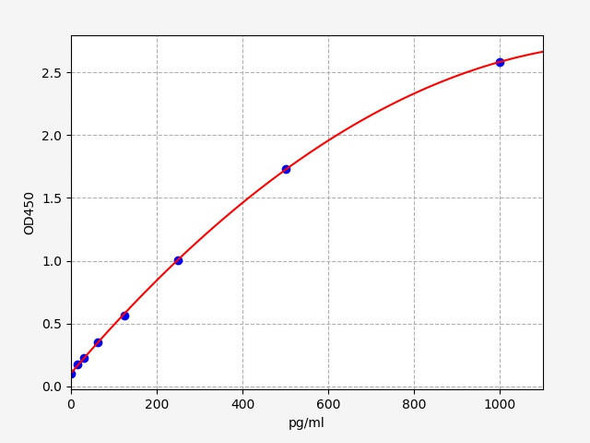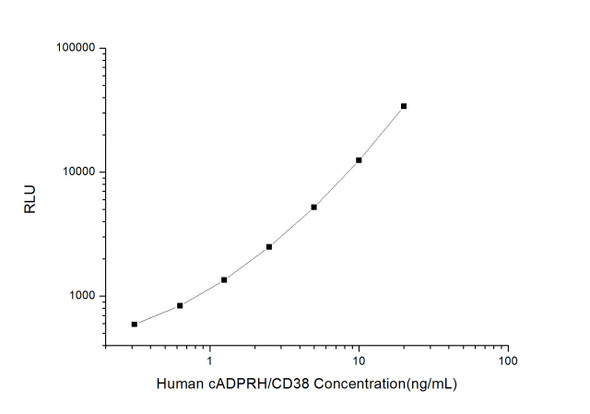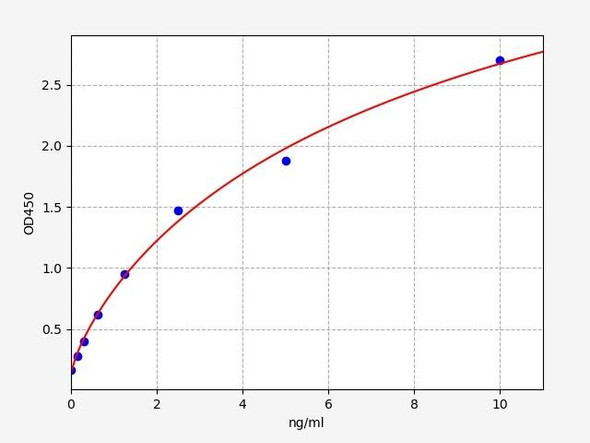Description
| Product Name: | Recombinant Human ADP-ribosyl Cyclase/cyclic ADP-ribose Hydrolase 1/CD38 (N-6His-Avi) Biotinylated |
| Product Code: | RPES6231 |
| Size: | 20µg |
| Species: | Human |
| Expression Host: | HEK293 Cells |
| Synonyms: | ADP-ribosyl cyclase/cyclic ADP-ribose hydrolase 1, 2'-phospho-ADP-ribosyl cyclase, 2'-phospho-cyclic-ADP-ribose transferase, ADP-ribosyl cyclase 1, Cyclic ADP-ribose hydrolase 1, cADPr hydrolase 1 |
| Mol Mass: | 33.3 kDa |
| AP Mol Mass: | 40-50 kDa |
| Tag: | N-6His-Avi |
| Purity: | > 95 % as determined by reducing SDS-PAGE. |
| Endotoxin Level: | < 1.0 EU per μg of the protein as determined by the LAL method. |
| Bio Activity: | Testing in progress |
| Sequence: | Val43-Ile300 |
| Accession: | P28907 |
| Storage: | Generally, lyophilized proteins are stable for up to 12 months when stored at -20 to -80°C. Reconstituted protein solution can be stored at 4-8°C for 2-7 days. Aliquots of reconstituted samples are stable at < -20°C for 3 months. |
| Shipping: | This product is provided as lyophilized powder which is shipped with ice packs. |
| Formulation: | Lyophilized from a 0.2 μm filtered solution of PBS, pH 7.4. Normally 5 % - 8 % trehalose, mannitol and 0.01% Tween80 are added as protectants before lyophilization. Please refer to the specific buffer information in the printed manual. |
| Reconstitution: | Please refer to the printed manual for detailed information. |
| Background: | CD38, also known as ADP-ribosyl cyclase/cyclic ADP-ribose hydrolase 1, is a Signal-anchor for type II membrane protein. CD38 is able to transform NAD+ to ADP-D-ribose and nicotinamide. It also can transform NADP+ to nicotinate-adenine dinucleotide phosphate and nicotinamide. CD38 is expressed at high levels in pancreas, liver, kidney, brain, testis, ovary, placenta, malignant lymphoma and neuroblastoma. Synthesizes the second messagers cyclic ADP-ribose and nicotinate-adenine dinucleotide phosphate, the former a second messenger for glucose-induced insulin secretion. Also has cADPr hydrolase activity. Also moonlights as a receptor in cells of the immune system. |






